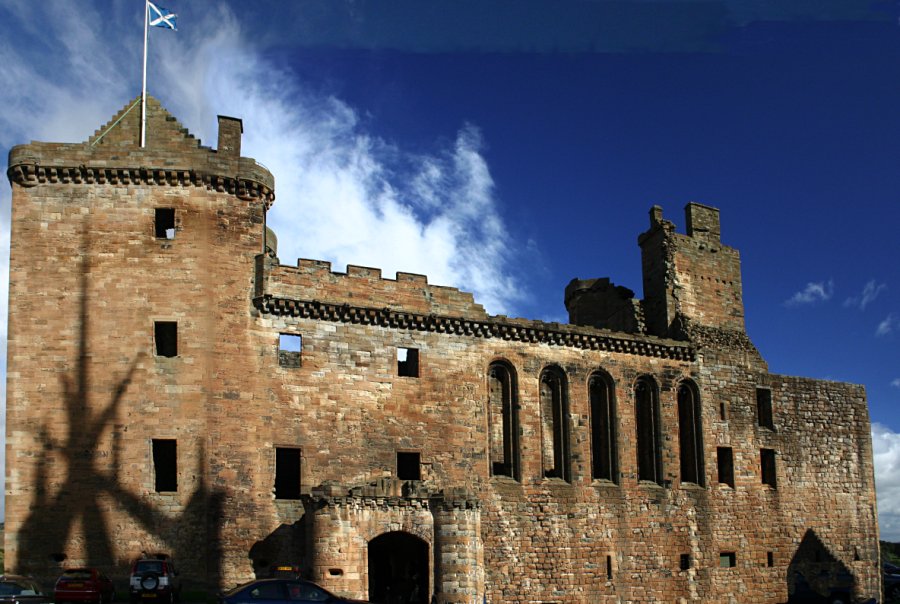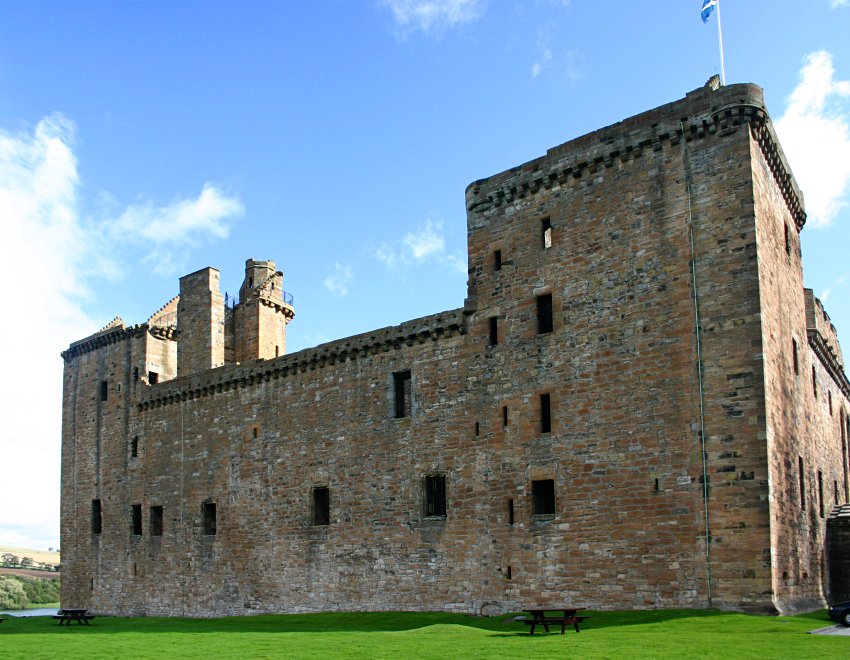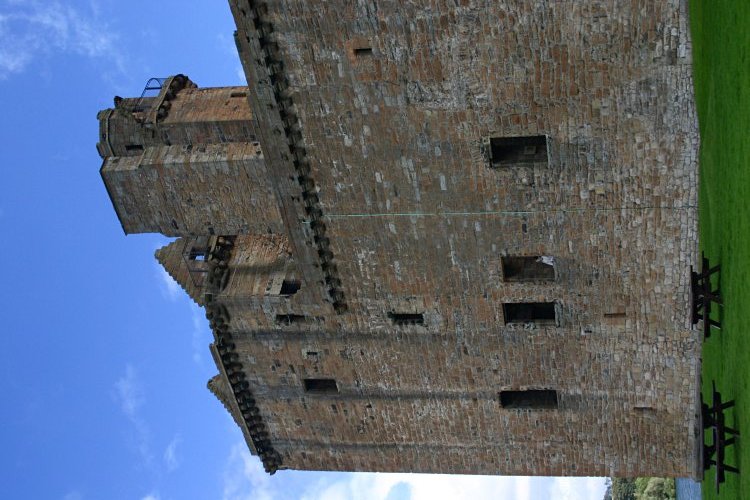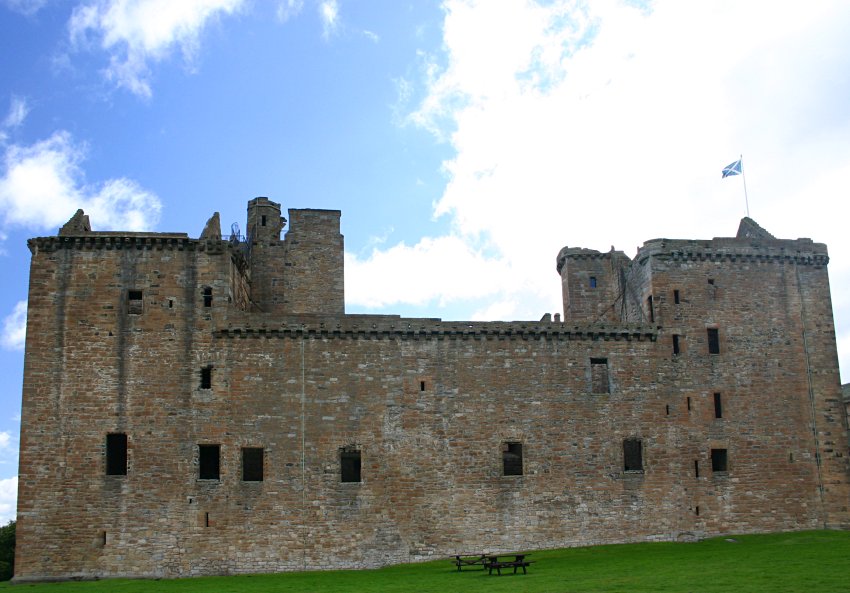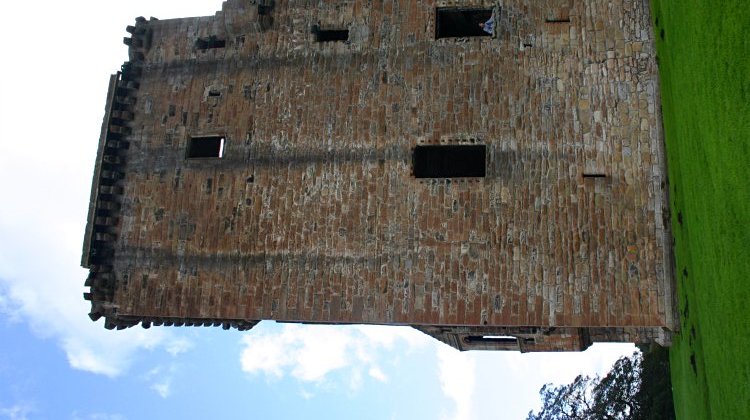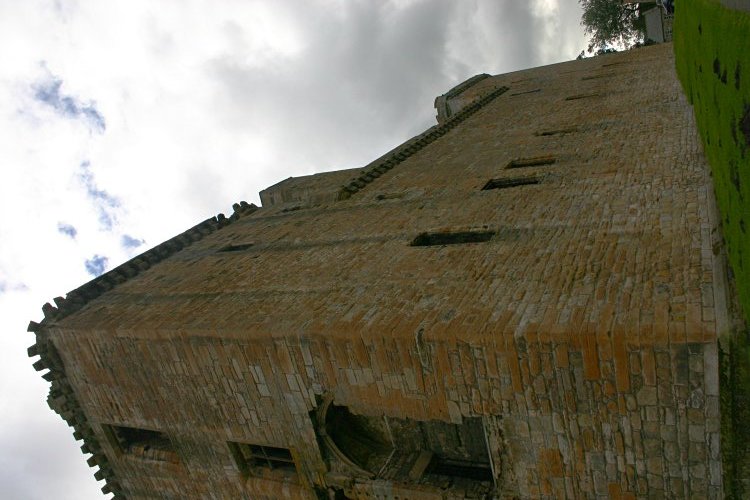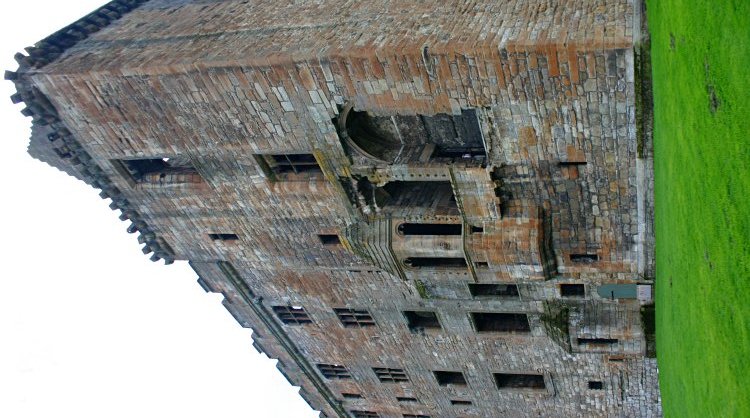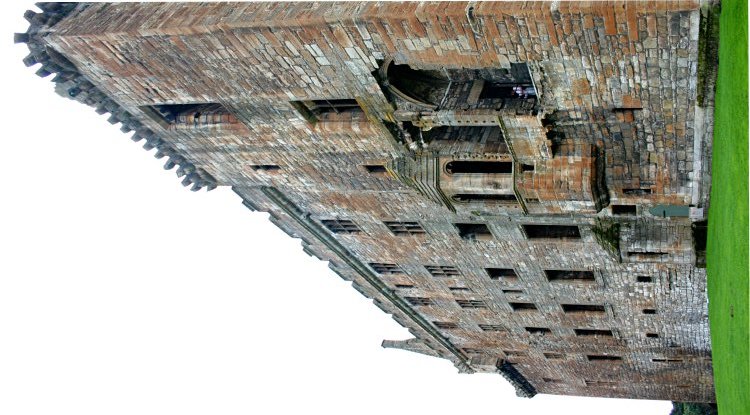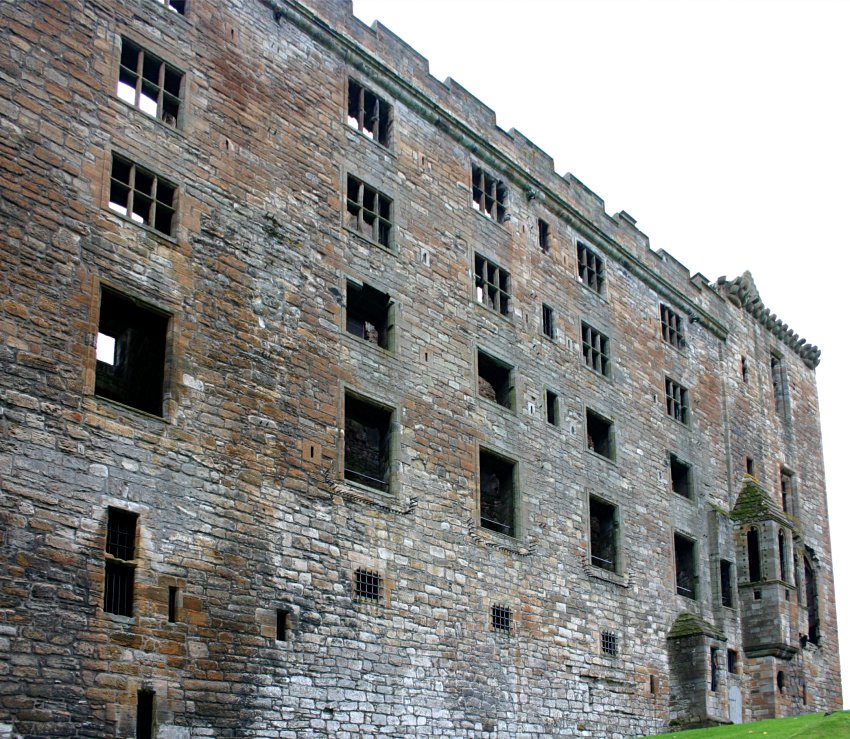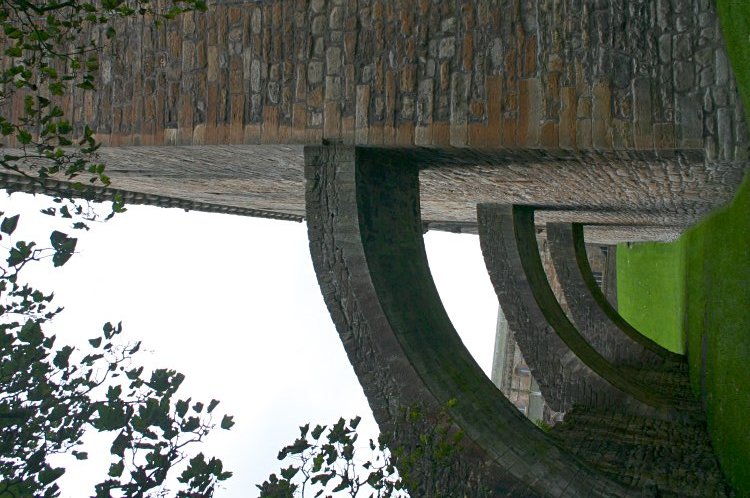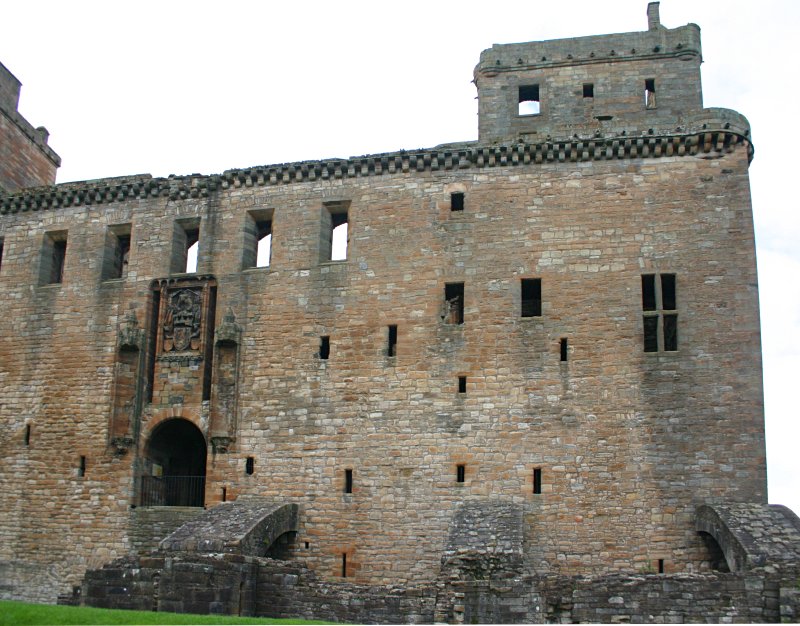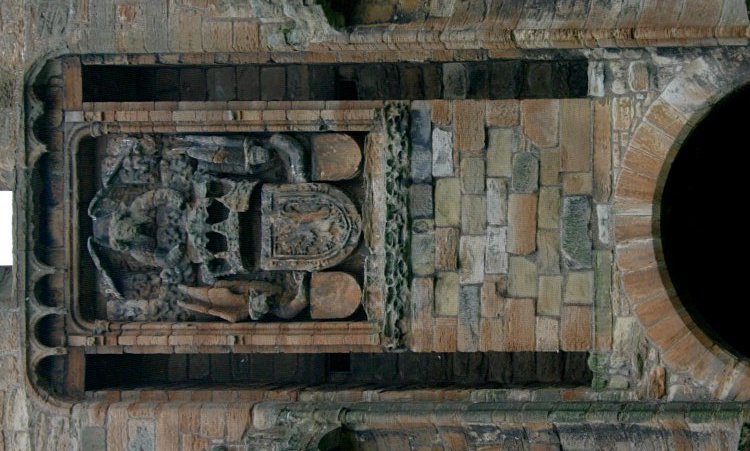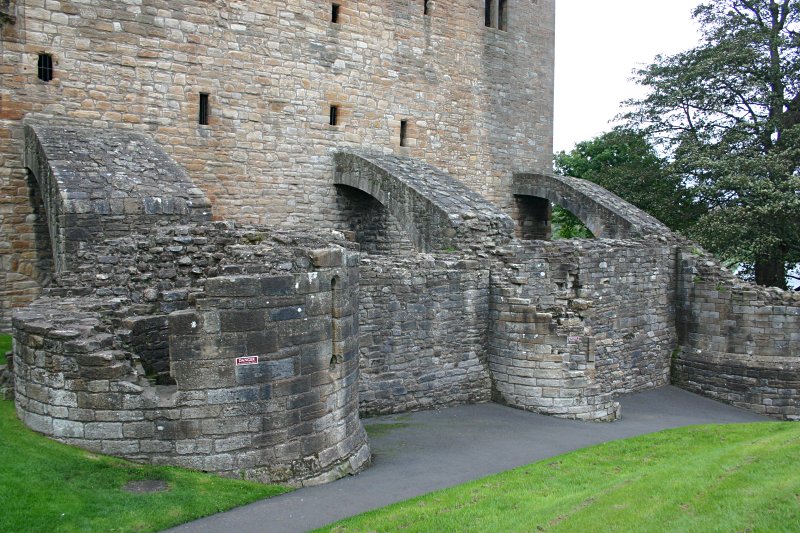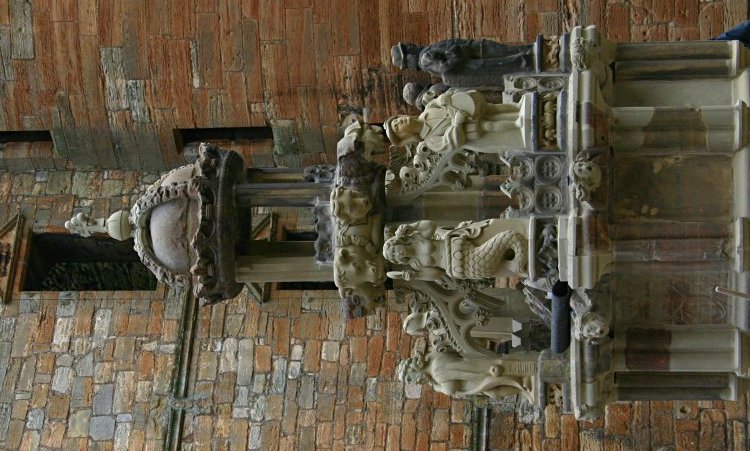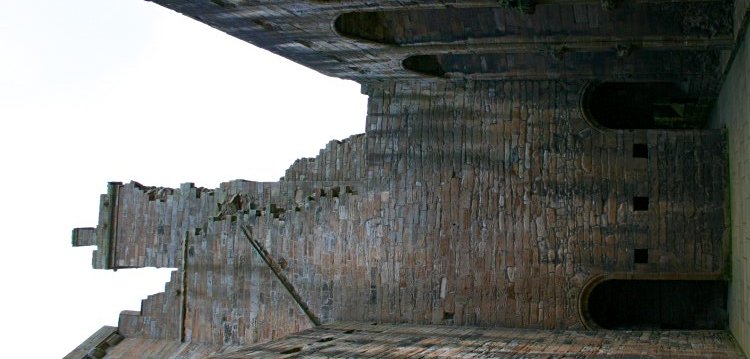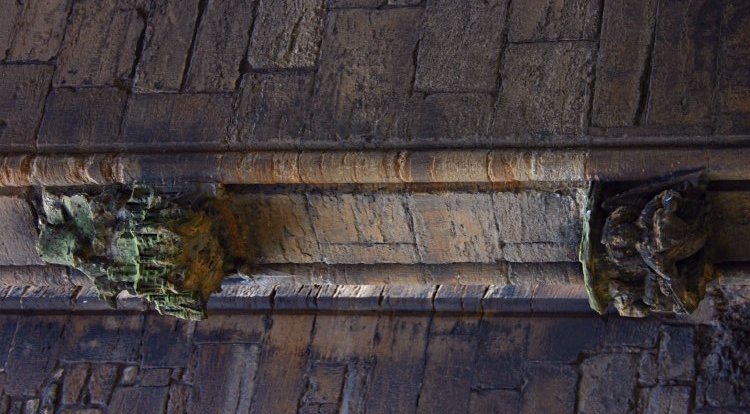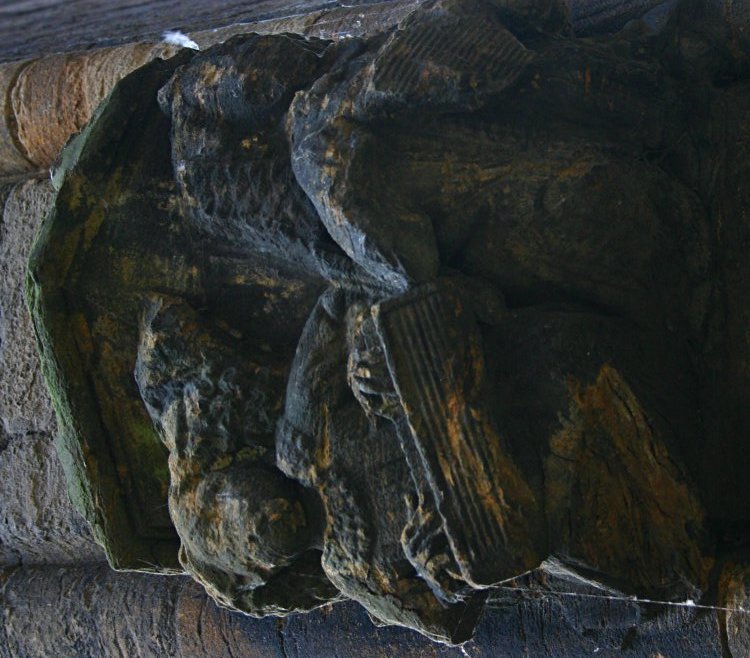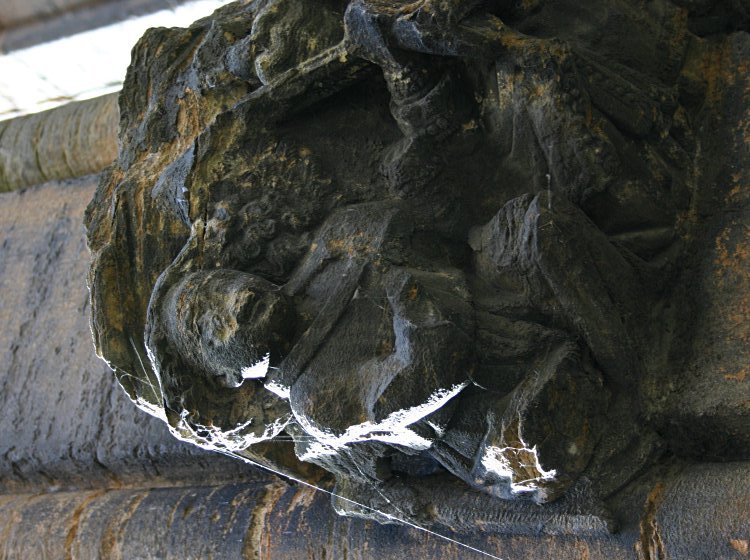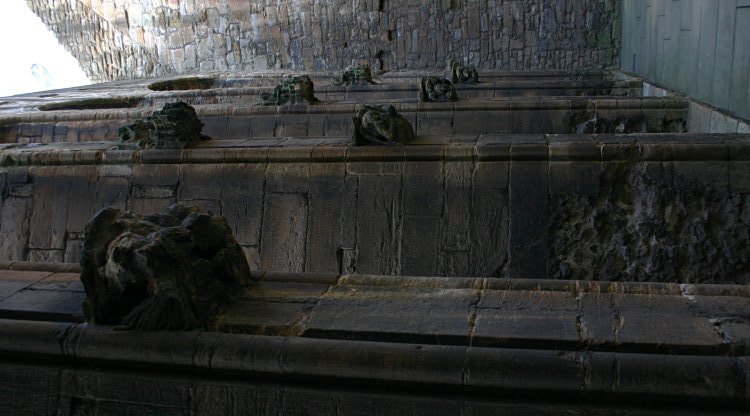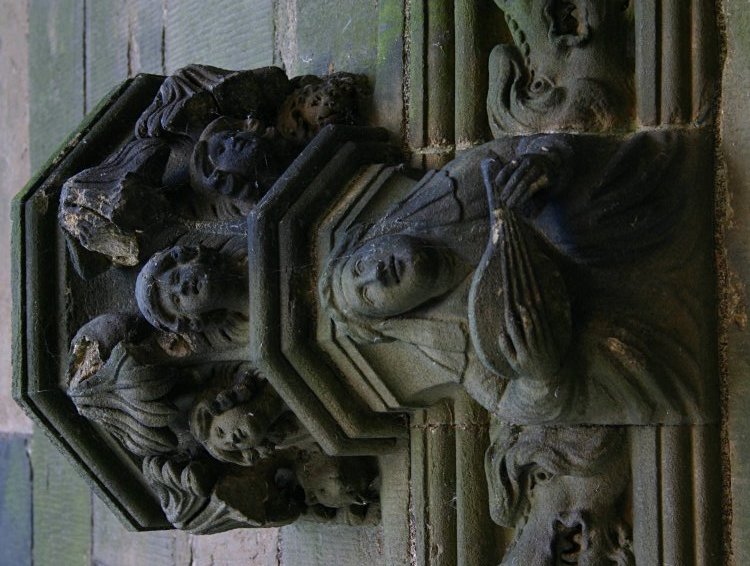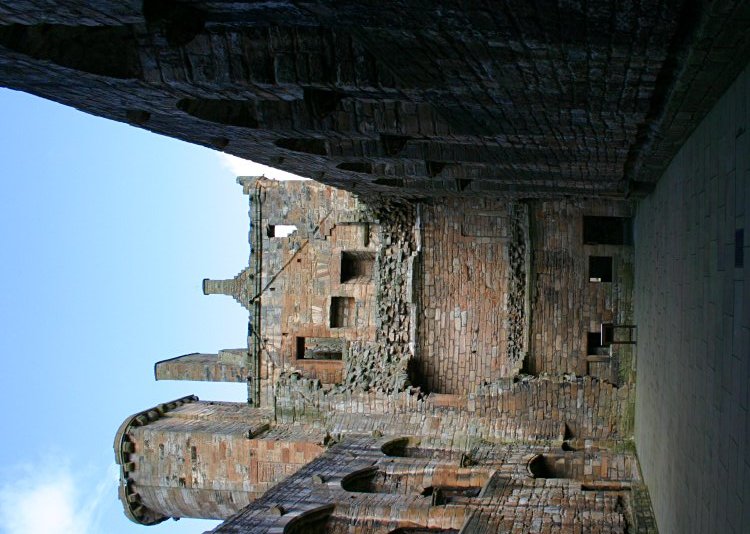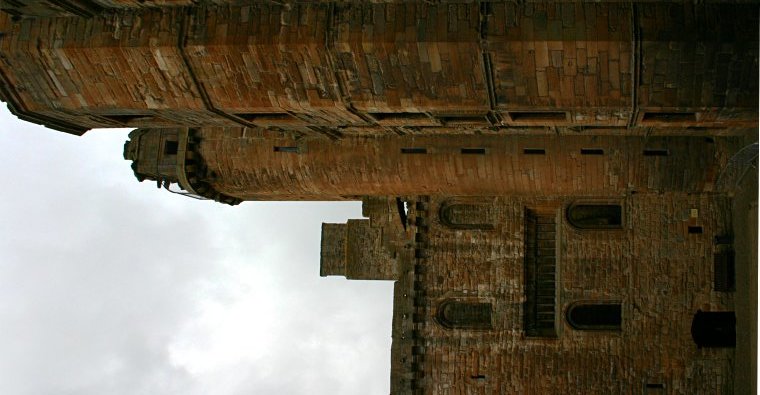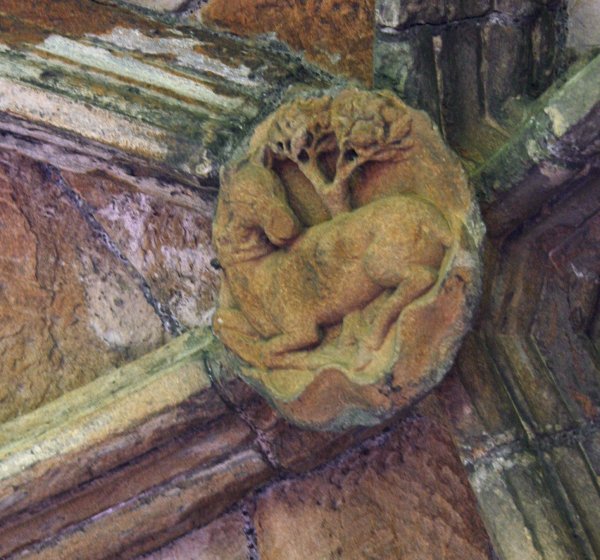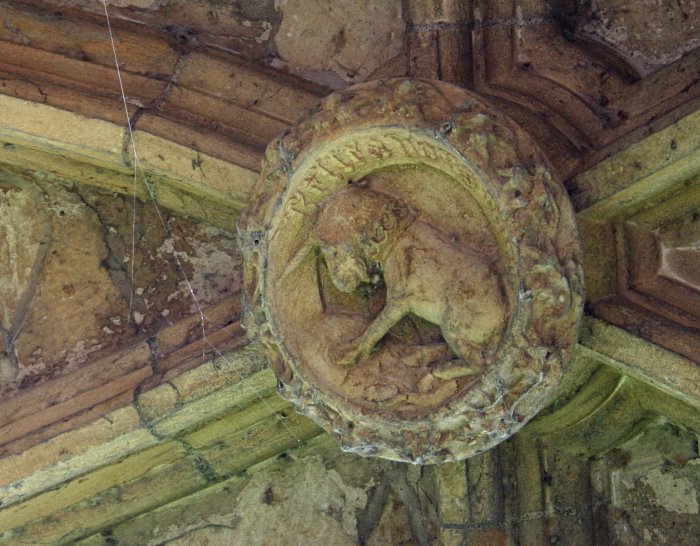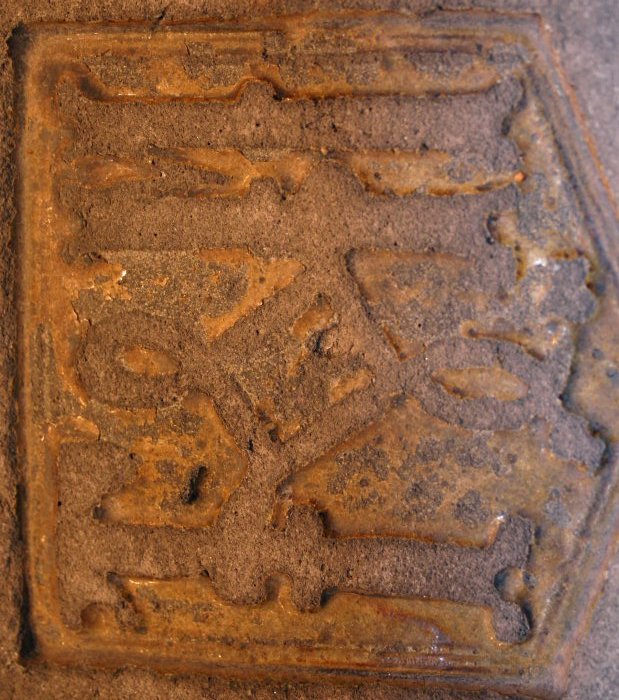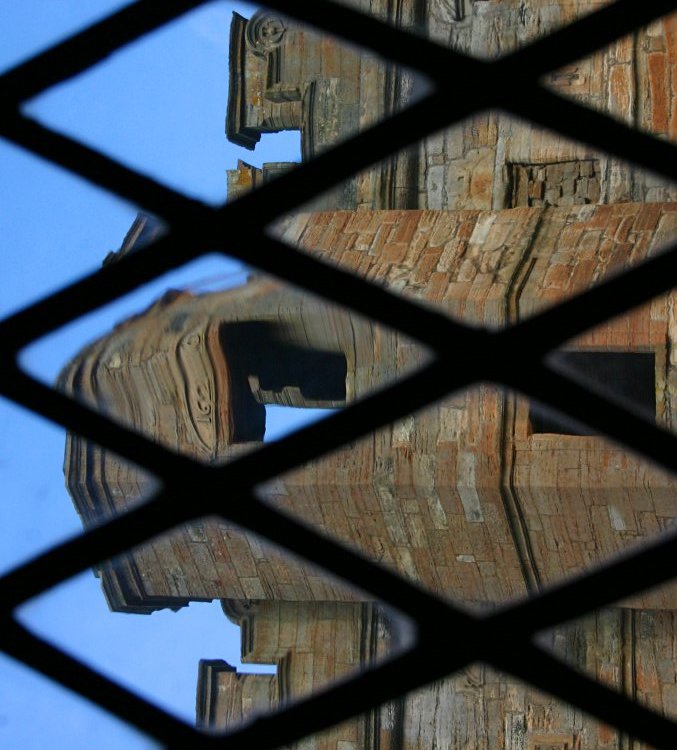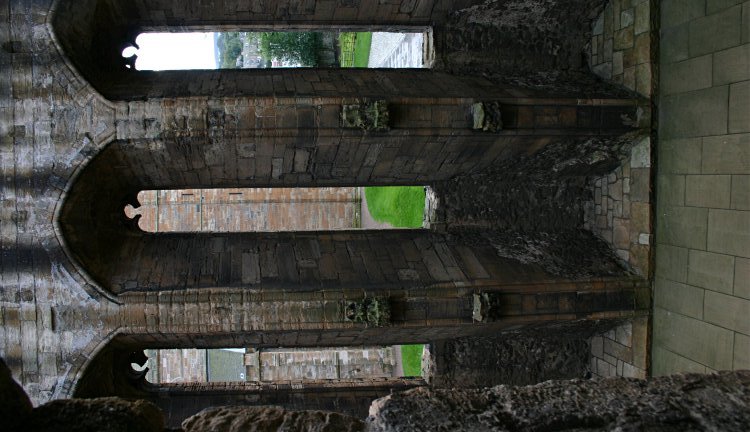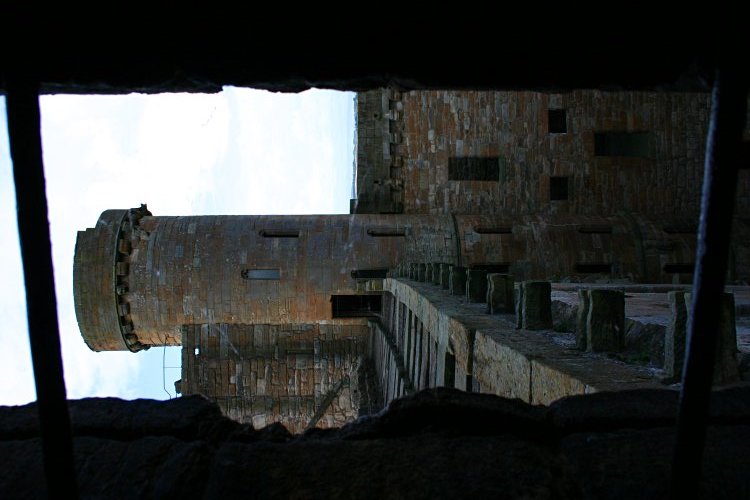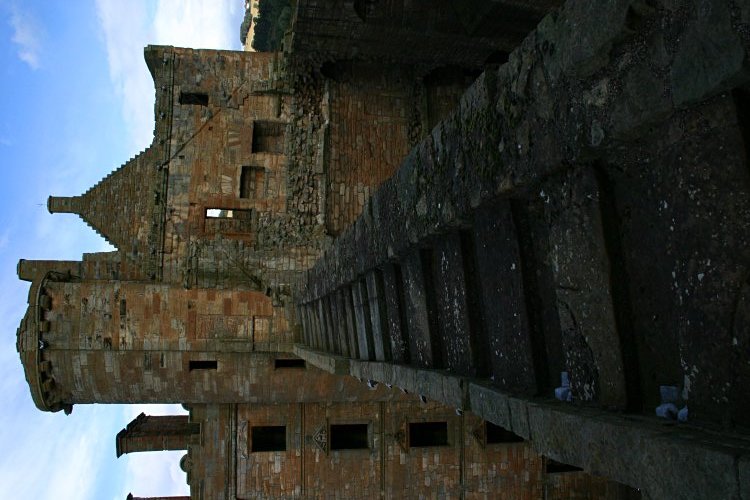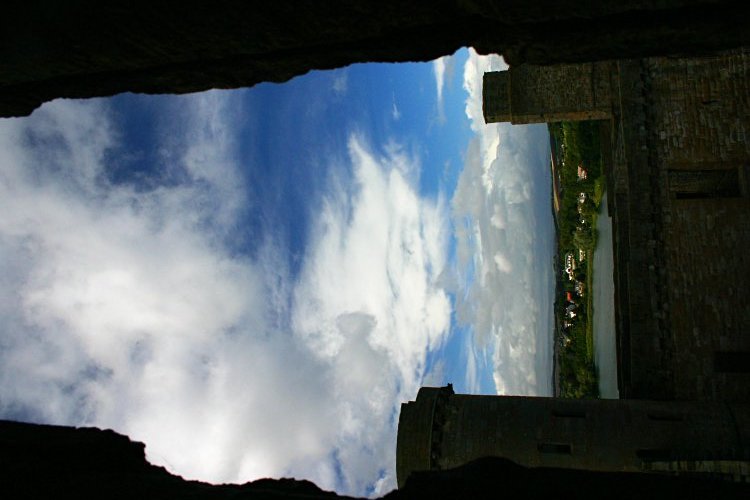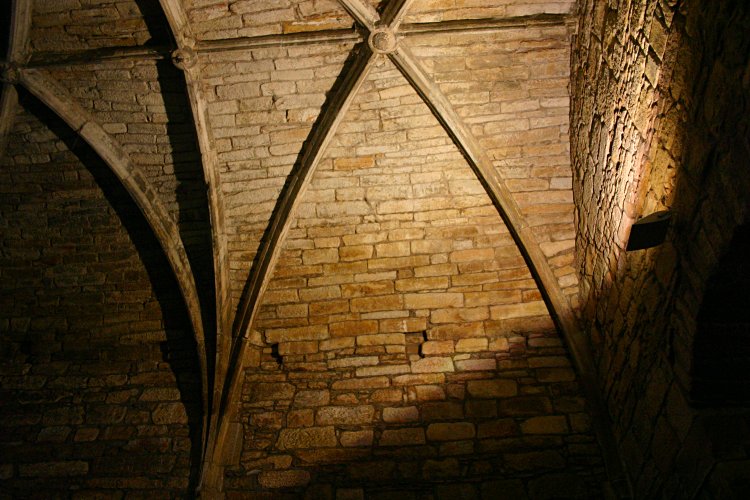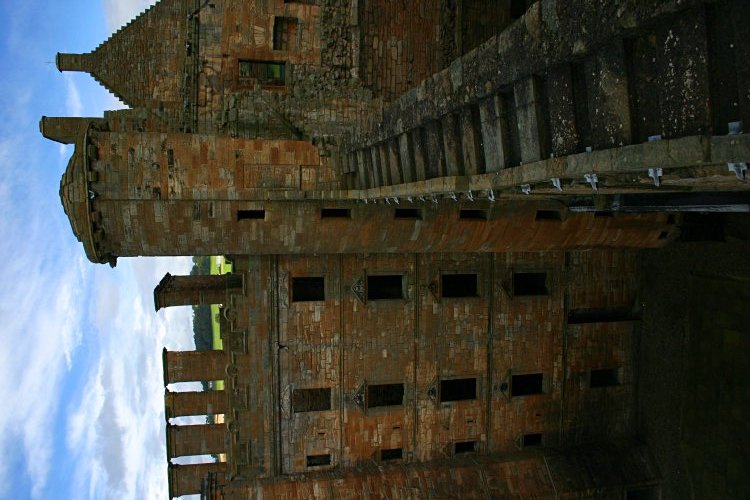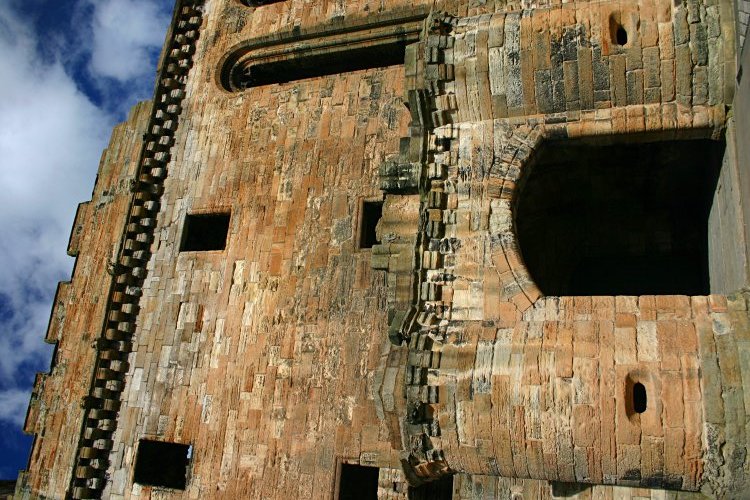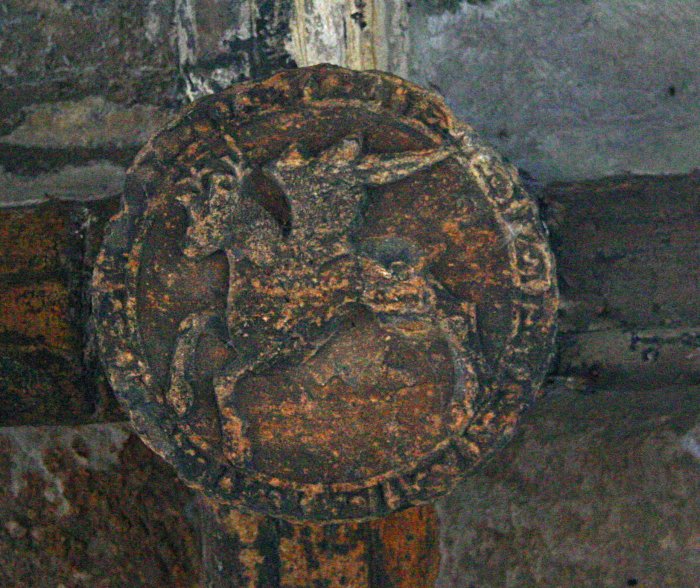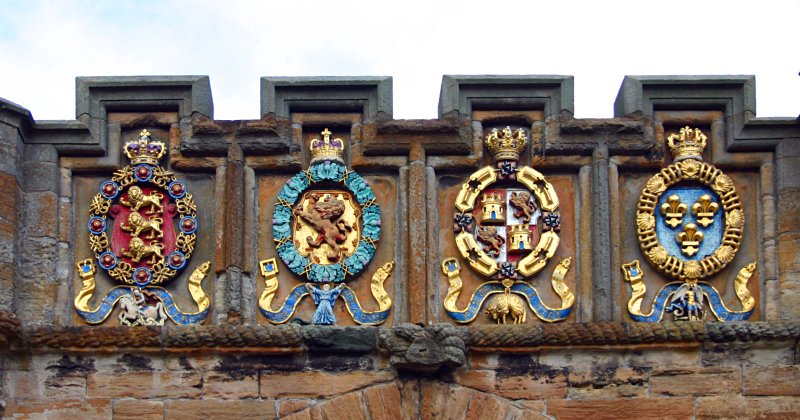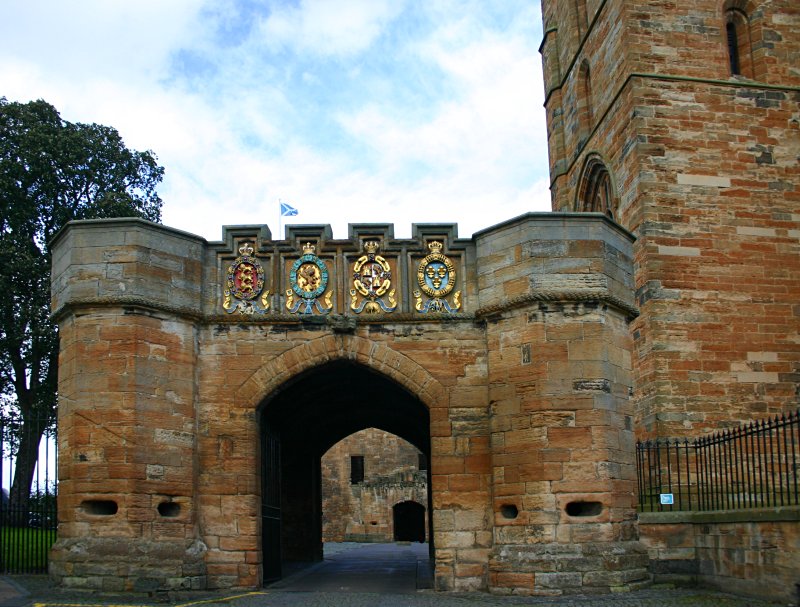The reign of James I (1406-1437) is often associated with vast expendature. When Linlithgow Castle burned down in 1424, over £5,000 (a huge sum) was allocated for the building of a "Pleasure Palace" to replace it. Building began in 1424 or 1425 and further alterations were made by James' successors over the next couple of hundred years.
The east range, including a magnificent entrance and splendid great hall along with kitchens and royal residence, was the main feature of James I's time.
James II did little work on Linlithgow Palace, being too busy playing with guns - a major technological advance of the time. Indeed, he was killed when a cannon he was firing exploded.
James III showed much more interest in Linlithgow and added much to the north and west ranges of the palace.
In 1468 King Christian of Denmark was struggling with rebellion in both Sweden and at home. His authority in Orkney was becoming hard to maintain. He entered into a treaty with the Scottish king, the 17-year old James III, one result of which was James was to marry Christian's only daughter, Margaret. James was to get all lands, right and revenues currently belonging to the Norwegian crown in Orkney; Margaret would have given to her in dower, amongst other things, the palace of Linlithgow.
James IV was proclaimed king at Linlithgow Palace in 1488. He built and enhanced castles and palaces throughout the realm during his reign - it was James IV who effectively finished construction of the palace at Linlithgow. When he married Margaret, the daughter of the English Tudor king Henry VII, he gave the palace to her as a wedding present.
James V made small but significant changes to the palace, adding the ornate fountain in the courtyard and creating a new entrance and gatehouse to the south. James V's daughter - later to be Mary Queen of Scots - was born at the palace in 1542.
Mary's son, James VI (James I of England), rebuilt the north range late in his reign after a major structural collapse.
The palace was refurbished when Charles I, the son of James VI, visited in 1633. Little more was done to the palace until around 1650 when Oliver Cromwell and his army arrived and smashed much of the statuary in the chapel and courtyard. By the time the monarchy was restored the palace was becoming ruinous. Charles Stewart (Bonnie Prince Charlie) stayed here briefly en route to reclaim Edinburgh in late 1745. A few months later Charles was fleeing to the Highlands and a fire ended the splendour of the palace, much as a fire had ended the splendour of the castle on the same site over 300 years before.
